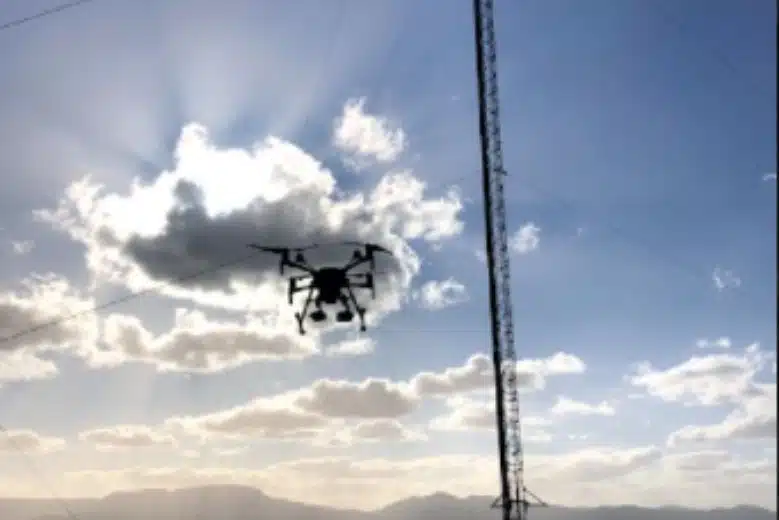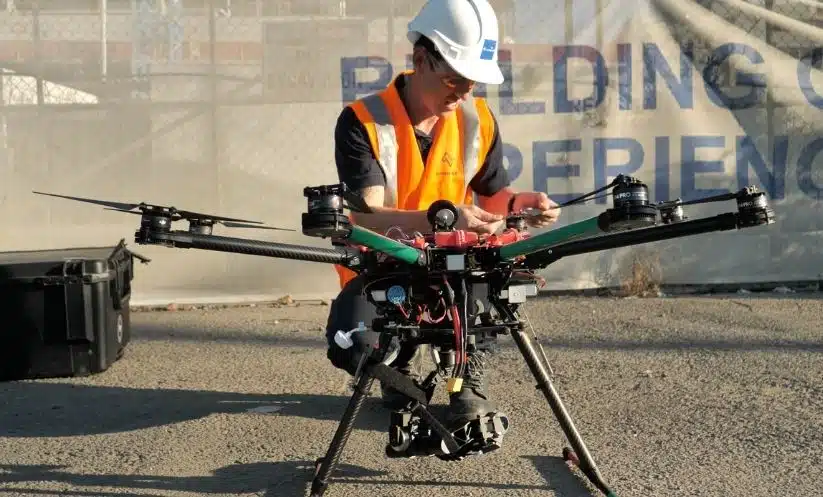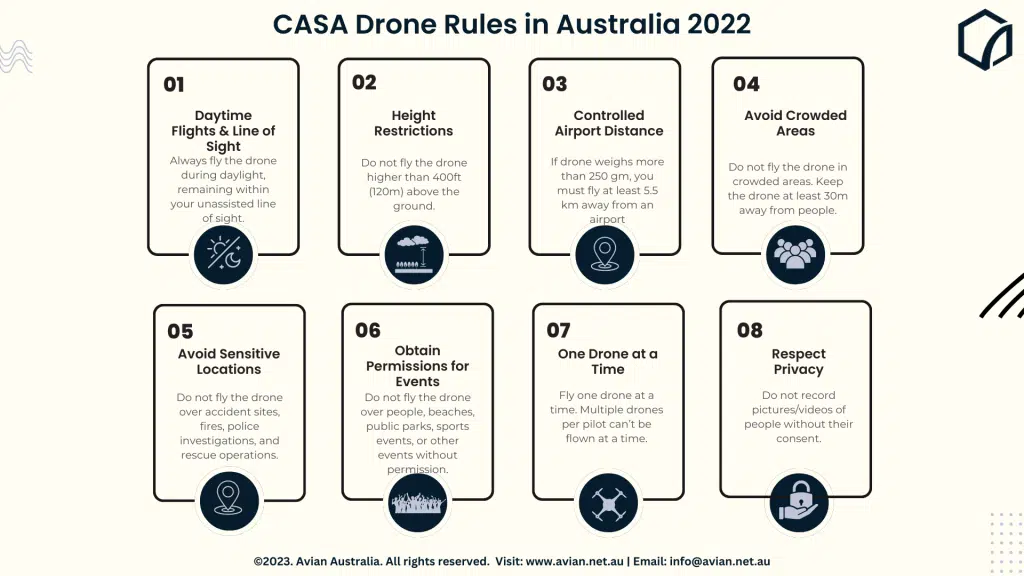
Drones are now seen pretty much everywhere – from real estate to construction sites and even wildlife management.
Australia is slowly but surely warming up to the idea of these amazing machines. I am pleased to see more and more AEC companies switching to drones for construction inspections.
If you are looking to incorporate drones in your architecture, engineering or construction project, then you should read on.
Firstly, its important to note that not everyone is eligible to fly a drone commercially in Australia. You need a special drone pilot license from CASA and have current registration and valid insurance for the drones used for commercial purposes.
And even after obtaining the license, there are a number of factors to consider before you engage a drone services provider.
Table of Contents
Experience, insurances, required task, environmental conditions and industry specific drone use are all major factors to consider when engaging a professional. Its all too common to hear from customers about a negative experience from a drone service provider who failed to meet expectations and deliver the client a quality outcome. But remember the drone is just another tool in the tool kit and people can misuse all types of equipment.
Many members of the public have still not warmed up to drones and privacy as a major concern. No one wants to feel observed or threatened when going about their daily activities and it can mean negative attention for you and your employer.
UAV (unmanned aircraft vehicles) also known as RPA (remotely piloted aircraft) can be used to capture images of people, places, and objects easily without consent. This may not seem to be a major problem, but can soon turn into one.
You might inadvertently fly your drone over private property or a high-security location or simply accidentally capture confidential or unsafe activities.
Some people do this with malicious intentions, snooping around someone’s property or taking unsolicited pictures to use them for nefarious purposes. People always assume the worst.
This is why CASA has some solid rules in place to prevent drone pilots from misusing drones and the data that is collected.
Read on to know all about drone data protection measures used by drone operators in Australia in 2021
The legal aspects of data privacy in Australia
In Australia, the main statute that deals with privacy breaches is the Commonwealth Privacy Act 1988.
However, this Privacy Act is used primarily for government agencies and private organisations and is not applicable to the common citizens of the country.
This means that the Privacy Act would not be able to help small scale businesses, political parties, and individuals against any breaches of their privacy.
The Commonwealth Surveillance Devices Act of 2004 is what actually regulates surveillance devices by Federal law enforcement agencies.
The legal aspect of data privacy also depends on what part of the country you’re in.
For instance, in Western Australia, the Surveillance Devices Act 1998 “prohibits the use of listening and optical surveillance devices by a person to monitor or record someone engaged in private activity”.
And drones fall within the definition of “optical surveillance devices”.
The privacy provisions were reformed again in July 2014, when the House of Representatives Standing Committee on Social Policy and Legal Affairs issued a report regarding the invasion of privacy using drones.

The current Data Protection laws in Australia
According to the Office of Australian information Centre (OAIC), there are a few laws that you have to look into and comply with when flying drones in Australia.
But before we go on to discuss these regulations, let’s first understand the need for these privacy regulations.
Businesses, especially those pertaining to AEC (Architecture, Engineering and Construction) sectors have to be extra cautious when using drones for their business needs.
Suppose you are inspecting a rooftop of a building in a busy neighbourhood for construction project. And in the process, the drones unintentionally capture some pictures or video of the neighbouring family in their backyard.
In such a scenario, the OAIC states that the company has to disclose such footage and ensure that the captured images or video is either protected or properly destroyed.
Also, the individual is well within their rights to demand access to the images and use them as they deem fit. It may be that this family is involved in a dangerous personal matter that requires them to remain anonymous and the images and video have now been used on social media and in the public space.
It’s not uncommon to see similar stories in the news of people taking unsolicited pictures or video.
Given its a CASA regulation to remain 30m from people it is always advisable to ensure that the surrounding area is clear and that you have the proper permissions to fly a drone.
Remember your drone images and video are geotagged and contain metadata that can be used to trace people, places or things that were accidently included in the footage.

Lawful Aerial Footage Collection
The images or video footage collected unintentionally via drones should not be included on your company’s website or marketing campaigns. If done so, the person or organisation is well within their rights to file a copyright claim against your business.
So, how do you deal with this in the proper legal manner? What if you want to use the footage on your website or online portfolio?
The lawful way to do it would be to inform the person, place or organisation of the footage and activity and request their explicit permission to use it.
This is often also referred to as “collection notice”. Here, the individual or organisation must be informed about the drone activity before/during or immediately after the drone activity has been completed.
The collection notice contains details such as:
- Why is the person’s picture being captured?
- Whether you have the permission of the person or not?
- How are you planning on using this information?
- The business entity/agency that is going to use this information
Also, just to be on the safe side, contact a lawyer to know more about the acts/statues you must comply with. A few which come to mind are:
- Civil Aviation Safety Regulations 1988 for drone operations in Australia
- Privacy Act 1988
- Invasion of Privacy Act 1971 in case there is audio recording of conversations
- State trespassing laws
- Major Events Act 2014 that regulates aircraft operations above a major event area.
And in case you are outsourcing the job to a third-party drone service provider, then ensure that they comply with these measures to avoid any unwanted legal hassles for your business or employer.
Hire the Right Drone Professionals
At Avian UAS, our drone experts are trained and aware of the legal aspects of drone data protection and management. We ensure that all operations are compliant with both state and federal laws governing the commercial use of drones in Australia.
Book an appointment with us to discuss your project needs with the highest level of confidence and security.